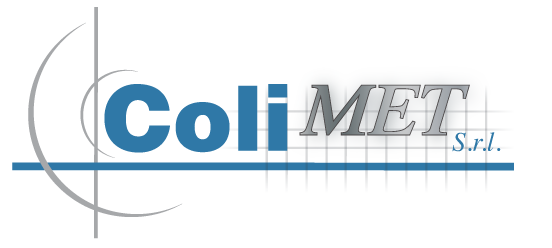The rise in zinc prices, started in February, it continued slowly until mid-April, to then accelerate the pace from the beginning of May and overcome, today, 3.063 $/Tonne, reaching the highs of June 2018.
In a general context of rising prices of base metals, Zinc, despite not having obtained the same performance as copper, aluminum, nickel and tin, however, he earned the 7,7% compared to January 2021, despite the automotive sector, which alone absorbs the 25% of world consumption, hard to recover.
Now that he has overcome the barrier of 3.000 $/Tonne, what can happen? This is the question that the operators ask themselves. The ascent will continue, or the current surplus of 350.000 tons, estimated by the ILZSG, it will be a brake?
Also, there is to be noted the entry on the scene of the International Investment Funds which are taking an interest in Zinc and this leads to two considerations: on the one hand, the strong boost in steel consumption - a sector that absorbs the 50% of world zinc consumption - as a consequence of the huge infrastructure investments planned for much of the world, and on the other, the need to face the feared inflationary effects.
In this context, the current estimated surplus in 2,3% of world consumption can be easily reabsorbed e, rather, overturned.
To the above, another favorable effect could be added to acceleration if, as already happened for copper in China, Chinese producers will be forced to reduce zinc production due to low processing costs due to mineral shortages.

